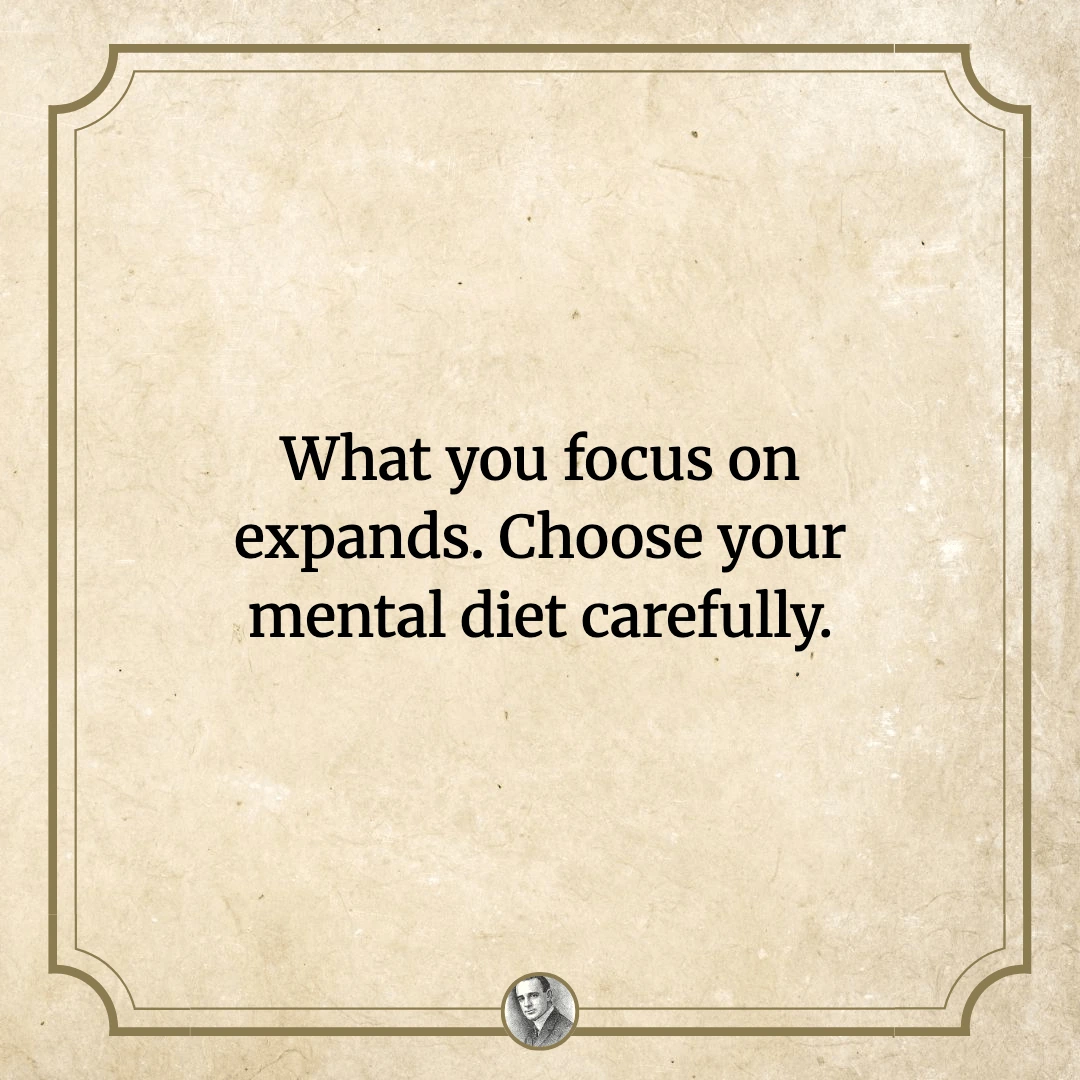I used to think my mind was just chaotic – random thoughts floating around without any real system. Then one Friday afternoon while stuck in traffic, I noticed something weird. The same negative thought about my career had appeared for the third time that day. Same words. Same feeling in my chest.
That’s when I realized my thoughts weren’t random at all. They were following deeply grooved paths in my mind – thought patterns that had been running on autopilot for years without my awareness.
Thought patterns shape everything in our lives, from our smallest daily decisions to our biggest life achievements. And most of us have no idea they’re even there.
What Are Thought Patterns, Really?
Thought patterns are recurring mental pathways your brain follows automatically. They’re like hiking trails in a forest – the more often you walk them, the more defined they become. Eventually, your thoughts naturally follow these familiar routes without you consciously choosing them.
These patterns typically form in childhood and early adulthood. Someone criticized your artwork in third grade? You might have developed a thought pattern that automatically says “I’m not creative” whenever you face an artistic challenge. Your parents constantly worried about money? You might have inherited a pattern of scarcity thinking that runs in the background of your financial decisions.
The problem isn’t having thought patterns – we all do. The problem is that most of our patterns formed unconsciously, based on past experiences, other people’s beliefs, or outdated information. And now they’re dictating our present and future without our permission.
Negativity bias makes this worse. Our brains evolved to spot threats and problems for survival, so we naturally form more negative thought patterns than positive ones. That’s why it takes conscious effort to develop patterns that serve us.
Remember: your thought patterns aren’t YOU. They’re just habits your brain has developed over time.

The 4 Most Common Thought Pattern Traps
Let me break down the thought patterns that mess with most of us:
1. **The Catastrophizer** – This pattern jumps to the worst possible outcome in any situation. Your boss wants to talk? Must be getting fired. Slight pain in your side? Definitely something terrible. This pattern creates anxiety and prevents you from taking healthy risks.
2. **The Personalizer** – This pattern makes everything about you. Someone’s in a bad mood? You must have done something wrong. This pattern creates unnecessary guilt and damages relationships by making you react to problems that don’t actually exist.
3. **The Black-and-White Thinker** – This pattern sees everything as all-or-nothing. You’re either a success or a failure, people are either good or bad, situations are either perfect or disasters. This creates impossible standards and chronic disappointment.
4. **The Fortuneteller** – This pattern convinces you that you know the future (and it’s usually negative). “I’ll never get that promotion.” “No one will like my presentation.” This pattern stops you from even trying.
I struggle most with the Fortuneteller pattern myself. Last month I almost didn’t submit an article to a publication I love because my thought pattern automatically said “They won’t accept it anyway.” I caught the pattern just in time, submitted anyway, and guess what? They published it.
How to Spot Your Hidden Thought Patterns
Okay so thought patterns control basically everything, but how do you even find yours? They’re sneaky – designed to operate below your conscious awareness.
Start keeping a thought journal. Seriously. For one week, set an alarm on your phone for random times throughout the day. When it goes off, write down whatever thought was just going through your mind. Don’t judge it, just capture it.
After a week, look for themes. You’ll start noticing the same thoughts appearing repeatedly in different situations. Those are your patterns.
Pay special attention to your emotional triggers. When you feel suddenly anxious, sad, or angry, pause and identify the thought that created that feeling. Then ask: “Is this a one-time thought, or part of a pattern?”
Your physical reactions also provide clues. That knot in your stomach when thinking about money? The tension in your shoulders when considering a new opportunity? These physical responses often accompany established thought patterns.
Listen for absolute statements in your thinking: “I always mess this up” or “Things never work out for me” or “Everyone else finds this easy.” These absolutes are giant red flags pointing to entrenched thought patterns.
And notice your self-talk. The way you automatically talk to yourself reveals your deepest patterns. If you’d never speak to a friend the way you speak to yourself, you’ve uncovered a harmful pattern.
Rewiring Your Brain’s Default Settings
Once you’ve spotted your patterns, you can start changing them. This isn’t about positive thinking – it’s about accurate thinking that serves your growth.
The first step is creating awareness. Each time you catch a thought pattern running, mentally say “pattern” to yourself. This creates a tiny gap between you and the pattern, helping you see it as a habit rather than truth.
Question everything. When a thought pattern appears, ask: “Is this actually true? What evidence supports or contradicts this thought? Would I say this to someone I love?”
Confront your patterns directly. Write down your most common negative thought patterns, then write counter-statements based on evidence and possibility. If your pattern is “I’m too old to start something new,” your counter might be “Many people have succeeded starting new ventures at my age or older, and my experience gives me advantages.”
Visualization helps reprogram patterns too. Imagine your thought as a path in the forest, then visualize creating and walking a new, healthier path. Your brain doesn’t distinguish well between vivid imagination and reality, so this practice actually creates new neural pathways.
Consistency matters more than intensity here. Brief daily practice rewiring one thought pattern will create more lasting change than an occasional marathon session trying to fix everything.
And don’t forget, thought patterns have emotional roots. Sometimes working with a therapist helps address the underlying emotional patterns that keep thoughts stuck in unhelpful loops.
The Daily Practice That Changes Everything
Changing thought patterns isn’t a one-time fix – it’s a practice. Here’s what works:
Start each morning with pattern setting. Instead of grabbing your phone first thing (which immediately puts other people’s thought patterns into your mind), take five minutes to consciously choose your patterns for the day. This might be through meditation, affirmations, visualization, or just quiet reflection.
Create pattern interrupts throughout your day. Set reminders that ask: “What am I thinking right now? Is this pattern serving me?” Even brief moments of awareness gradually shift your patterns.
Surround yourself with people who think in patterns you want to adopt. Thought patterns are contagious. If you want abundance thinking, spend time with people who naturally think abundantly.
Feed your mind carefully. The content you consume shapes your thought patterns more than you realize. Books, podcasts, social media, news – all of it is programming your patterns. Choose consciously.
Practice gratitude before bed. This helps rewire your brain’s negativity bias by strengthening positive neural pathways. Just noting three specific things you’re grateful for can shift your pattern over time.
Remember that changing thought patterns takes time. You’ve been thinking certain ways for decades – expect the rewiring process to take months, not days. Small, consistent shifts create lasting change.

New Patterns, New Life
I started this journey by accidentally noticing my thought patterns in traffic. Six months later, I’m catching patterns I never knew existed – and consciously choosing new ones that actually support what I want to create.
Our thought patterns quite literally create our reality. Not in some mystical way, but in the practical sense that thoughts determine actions, and repeated actions determine results. Change the pattern, change everything downstream from it.
The hardest part is remembering that you have this power. Your patterns feel so familiar that you mistake them for reality itself. They’re not. They’re just habits – and habits can be changed.
Tomorrow morning when you wake up, try asking yourself: “What thought patterns do I want to strengthen today?” Then notice what happens.